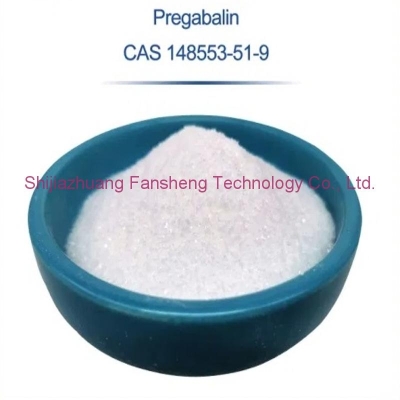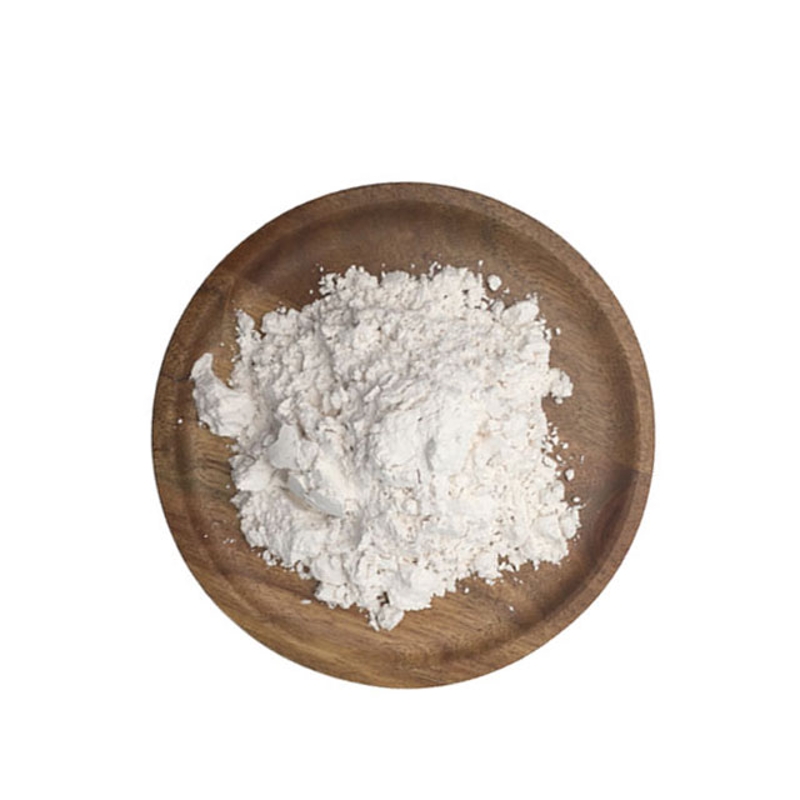-
Categories
-
Pharmaceutical Intermediates
-
Active Pharmaceutical Ingredients
-
Food Additives
- Industrial Coatings
- Agrochemicals
- Dyes and Pigments
- Surfactant
- Flavors and Fragrances
- Chemical Reagents
- Catalyst and Auxiliary
- Natural Products
- Inorganic Chemistry
-
Organic Chemistry
-
Biochemical Engineering
- Analytical Chemistry
- Cosmetic Ingredient
-
Pharmaceutical Intermediates
Promotion
ECHEMI Mall
Wholesale
Weekly Price
Exhibition
News
-
Trade Service
the incidence ofneurodevelopmental disorders, such as autism, is on the rise worldwideThe proportion of people with autism in China is as high as 20% and is increasing at a rate of 200,000 a yearAccording to the individual'sgeneticbackground, patients show different degrees of neurological dysfunction, such as intelligence, language, behavior, developmental delay and facial development alsomeHowever, due to the lack of in-depth understanding of the causes of related diseases, there is no effective treatment in clinical practicefunctionally dependent neuroprotective protein (ADNP) is a transcription factor widely expressed in the brainThe ADNP mutation triggers a very rare neurodevelopmental disorder, Helsmoortel-Van DerAa syndromeAt the same time, ADNP is one of the most frequently mutated autism susceptibility genesHowever, the pathogenic mechanism of adNP mutation is not clearRecently, Sun Yuhua, a researcher at the Institute of Aquatic Biology of the Chinese Academy of Sciences, used mouse embryosstem cellsand zebrafish as in vitro and in vitro models, revealing for the first time the key role of ADNP in neuroinduction and differentiationthe team found that alack of ADNP significantly inhibited the induction and differentiation of neuroprecursor cells in the process ofstem cellsin mouse embryos (Figure 1) Through the analysis of proteomics , it was found that ADNP and WNT signal key factor beta-catenin interacted with each other Further research found that in the embryonic stem cells the process of differentiation toward seciatic precursor cells, the two are mainly positioned in the cytoplasm, suggesting that ADNP may regulate the stability of beta-catenin in the cytoplasm Competitive experiments on proteins have found that ADNP promotes protein stability by competing with AXIN1-APC's pyridox sequence to inhibit the formation of protein degradation complexs and reduce the protein ubiquitization of beta-catenin (Figure 2) Importantly, wnt signal small molecular agonists CHIR can save the neuroinduced defect phenotype caused by ADNP deficiency At the same time, by constructing a zebrafish model of adnp gene knockout, the team further clarified that ADNP may not be the core component of the WNT signaling pathway, but rather the time-space or tissue-specific involvement in regulating the WNT signaling pathway in neural tissue (Figure 3) (
Biovalley Bioon.com)







